I am trying to acquire some skills about pulse generation, but that's not easy. I've tried to derive the power dissipated by the input resistor in my pulse generator, but it turns out to be much lesser than the actual power (if I am correct). Where is my mistake ?
The pulse generator is a simple relaxation avalanche transistor pulse generator.
Here is a picture
Edit: the 50Ohm resistors visible in the picture are disconnected. Only the 50 Ohm of the atenuator plays a role here. Here is my derivation of the dissipated power:
The oscillator is powered via a resistor \$R\$ (\$= R1+R2\$ in the schematic) charging a capacitor \$C\$ (\$C_1\$ in the schematic) and discharging via the transistor into the load resistance \$R_L\$ (=R4 in the schematic).
We can visualize the pulse with the oscilloscope.
We shall assume here that the pulse has roughly the shape of a right angle triangle, whose right angle corner is at \$(0,0)\$. Let \$V\$ be the height of the triangle (in Volts), and \$\sigma\$ its basis (in seconds). So, the equation of the pulse shape is roughly $$u(t) = V - {V\over \sigma}t.$$
This gives the energy dissipated in \$R_L\$ by a single pulse: $$ E = {1\over R_L}\int_0^\sigma u^2(t) dt = {1\over R_L} \bigg[ -{\sigma\over 3V}\bigg(V - {V\over \sigma} t\bigg)^3\bigg]_0^\sigma = {\sigma\over 3R_L}V^2 $$ (1/3 of the energy dissipated by a square wave, this makes sense). Let us assume the frequency of the pulses is \$f\$, then the energy dissipated in \$R_L\$ in one second, which is also the mean power, is $$ P_{mean} = fE = {f\sigma\over 3R_L}V^2. $$
Now, we are interested in the evaluation of the capacitance \$C\$. Let \$V_{av}\$ be the smallest input supply voltage such that the avalanche transistor oscillations occur. The final voltage of the capacitor before its discharge into the transistor is aproximatively \$V_{av}\$, so its energy is \$E_{cap} = CV_{av}^2/2\$. But this energy is almost entirely transmitted by the pulse to the transistor and \$R_L\$, so, neglecting the energy wasted by the transistor (that I've checked to remain cool), it is equal to the energy \$E\$ computed above. This leads to: $$ C = {2\sigma\over 3R_L}{V^2\over V_{av}^2}. $$
Finally, let us evaluate the power dissipated by the resistor \$R\$. Recall that the energy wasted in a resistor charging a capacitance \$C\$ up to the supply voltage \$U\$ is \$CU^2/2\$ (the same as the energy stored in the capacitor). To a good approximation (since \$1/f\$ is much larger than \$\sigma\$), all the current flowing through \$R\$ is used to charge \$C\$.
So, with \$U = V_{av}\$, we have finally that the energy dissipated by \$R\$ in one second, or the mean power, is approximately $$ P^R_{mean} = {1\over 2} f C V_{av}^2 = {f\sigma\over 3R_L}V^2 = P_{mean}. $$ This is a curious result: the power dissipated by the input resistor is equal to the power dissipated by the load resistor.
If \$U > V_{av}\$, then we have $$ P_{mean}^{R} = {f\sigma\over 3R_L}{U^2\over V_{av}^2} V^2 = {U^2\over V_{av}^2} P_{mean}. $$
Application to my generator (see images above):
\$R_L = 50\ \Omega\$,
\$R = 41 +10 = 51\ k\Omega\$,
\$\sigma = 10\ ns\$,
\$\Delta = 40\ \mu s\$,
\$f = 1/\Delta = 25 \ kHz\$,
\$ V = 1.8\sqrt{1000} = 57\ V\$ (1.8V on oscilloscope, with atenuator 30db),
\$ V_{av} = 150\ V\$,
\$U = 160V\$
This gives $$ P_{mean} = 5.4\ mW; $$ $$ C = 19\ pF, $$ $$ P_{mean}^{R} = 5.8 \ mW; $$
But I've also measured \$ I_{supply} = 0.6\ mA\$,
which gives $$ P^R_{mean \ actual} = R I^2_{supply} \approx 18\ mW. $$
This much more than the theoretical power. Where is the mistake/erroneous assumption ?


![firstImg[2]](../../images/3833597064.webp)
